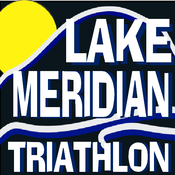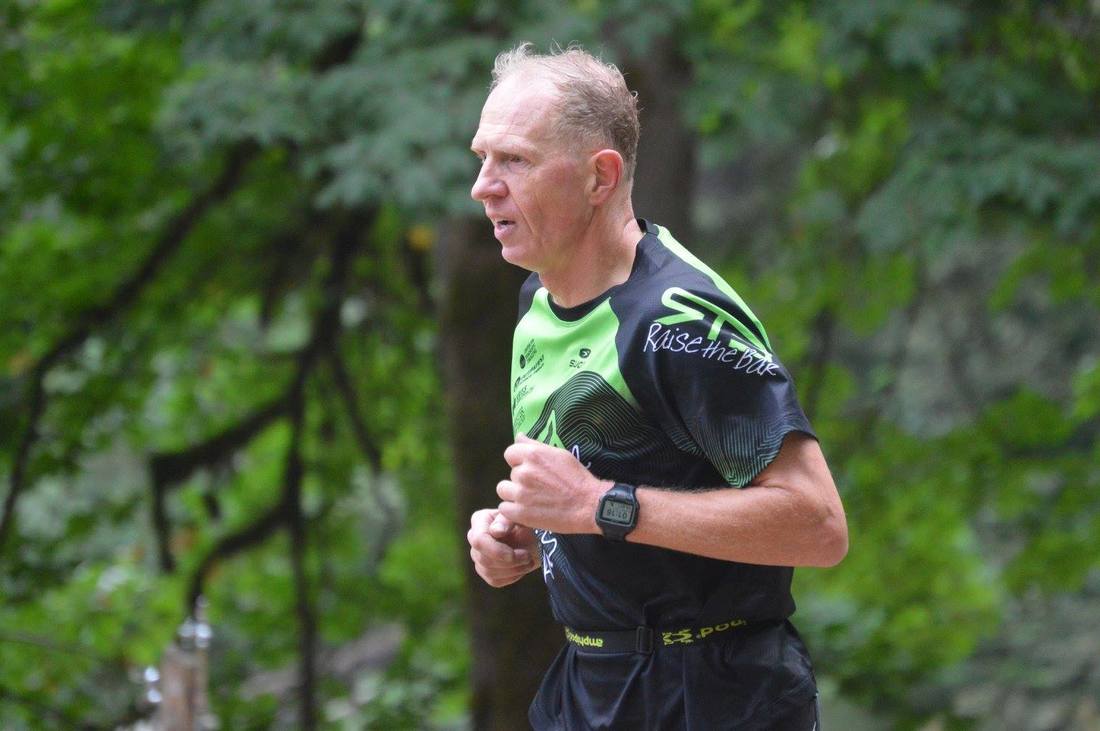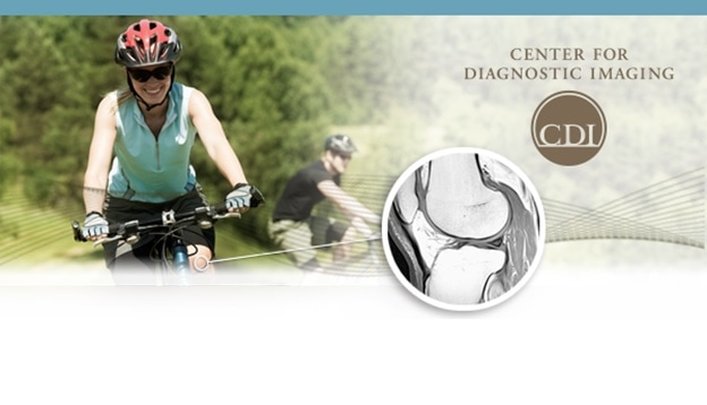 Submitted by Center for Diagnostic Imaging You have a lot of choices when it comes to your health. Kim Suggett, the Puget Sound senior director of operations for Center for Diagnostic Imaging (CDI), explains how knowledge is power. “I think patients don’t realize that they absolutely do have a choice and their experience will vary based on where they go.” Choosing wisely means being informed about your options. So, if your doctor says you need some an MRI, find the best provider by starting with these three questions: 1. How is your Imaging Center better than others? The first sign of quality in imaging is the experience and knowledge of the staff. Look for a provider that requires team members to be certified and maintain their CEUs (continuing education units). At CDI you get both. Having a high standard for ongoing education helps providers stay on the cutting edge of the imaging field. When someone gets certifications from organizations like the ARRT and the American Board of Radiology, it means they meet national standards for education, ethics and skill. For patients: Expertise=Quality. Also find out if the provider is doing an automatic double check. At CDI, we have a 3-6% overread policy, which means a second radiologist is giving 3-6% of our cases a double check. Neuroradiologist Dr. Steven Pollei explains that after he reads a study, then the peer review process randomly selects some of his studies to be reviewed by another radiologist specializing in neuroradiology to confirm his findings. It’s a way of maintaining quality control for physicians and patients. 2. What is the right MRI for me? Beyond the expertise of the clinical teams, look for a range of scanner choices. Finding the right scanner for your specific needs will make for the most comfortable exam possible. If you have feelings of claustrophobia, are obese, or have broad shoulders, you’ll want to seek out a provider that offers alternatives to the traditional MRI. CDI in Renton is home to the only Open Upright MRI in Washington State and at CDI’s Kirkland and Puyallup locations we have a High-field Open MRI. Our Bellevue center has a 3T wide-bore MRI. At all of our Puget Sound locations we offer an MRI guarantee, meaning if you are unable to complete an exam on one scanner, we’ll work to get the images needed on another scanner. This is why having the widest variety of MRIs in Western Washington matters to our patients. 3. How much does my MRI cost? If you’re picking the best facility with the widest variety of MRI options, you’re probably paying a lot more, right? Abi Roberts, Insurance Specialist at CDI in Kirkland, WA runs the numbers all day long. “Our costs are a fraction of what the hospitals cost.” On average, CDI’s costs are 30-50% less than hospital-based providers. Take a look at the cost comparison of an average MRI extremity exam in the chart below. Insurance Specialist Abi puts it this way: If your co-pay is 20%, would you rather pay 20% of a $2,000 bill (that’s $400) from the hospital or 20% of a $900 bill (that’s $180) from CDI? “We give you a more cost effective exam,” Abi explains. “That’s a big difference!”
A recent article in Business Insider lists MRI cost discrepancies by state, comparing freestanding centers to hospital-based imaging. Washington is the fourth highest state with an average difference of around $1,800. With high-deductible health care plans on the rise, it can be worth it to do the math, know what you are paying for, and—most importantly—what you are getting. For more information, visit myCDI.com/WA
0 Comments
Between now and April 30, we are giving that plan away for free to anyone who registers for the race. Upon completion of your registration, you'll receive a coupon code to purchase the plan for free. Already registered and want the plan? Email Kathy and she will provide the code to you. See more details on the plan Here.
The Black Diamond Half Tri takes place in beautiful Western Washington. Even though it travels along the foothills of the Cascade Mountains, it has a surprisingly friendly lack of elevation. Athletes can expect a family-friendly park for the kids to play in, excellent direction and course marking, a big post-race meal (not skinny slices of pizza), and beverage garden to quench your thirst post-race. There's also a Sprint Tri if that's more up to your liking. To sign up for the Black Diamond Tri (Hurry! Price increases 4/29) Click Here. Raise the Bar Produces this race along with the Lake Meridian Triathlon, Friday Night Swim Races, and the inaugural Elton Home Team Eastside Triathlon. Learn more Here.  Andrea Shore LMP at Outpatient Physical Therapy Andrea Shore LMP at Outpatient Physical Therapy By Holly Pennington, PT, DPT/Outpatient Physical Therapy Spa, back pain, injury, luxury, expensive, feel-good, Zen, vacation. Do words like these come to mind when someone mentions massage therapy? If so, keep reading. Compelling scientific research points to massage therapy as an effective, but often overlooked, training tool for endurance athletes. And I’m not talking about when you are hurting. Healthy, non-injured athletes who want to improve race performance can benefit from adding massage therapy to training plans. We now know that massage therapy works at the cellular level to reduce inflammation and promote mitochondrial biogenesis. (What?!) Let’s apply this scientific finding to you. You go out for your 35-mile Saturday morning ride. While you’re on the bike, tiny structures in your cells (mitochondria) work hard to convert energy from food into energy your muscles can use to pedal. So, the more mitochondria you have in your body, the longer and harder you can ride. Here’s the crazy thing: the number of mitochondria in your cells is not fixed. For decades, we have known it fluctuates based on things like aging (decreases mitochondria) and exercise (increases mitochondria.) Now, we are learning that massage therapy is another way to increase these energy-producing powerhouses. Back to you: You complete your Saturday ride. Tomorrow, you’ll run 9 miles before your pool workout. Monday: rest day. What if you could build up your mitochondria on your rest day too? With massage therapy, you can. A Triathlete’s Guide to Adding Massage Therapy to Your Training Schedule When and how often? Andrea Shore, LMP at Outpatient Physical Therapy in Covington recommends scheduling massages 1x/week or 2x/month for healthy triathletes. When you are getting ready for a race, Andrea suggests planning ahead to complement your pre-race training with this massage schedule: 4-5 days before a race - Deep tissue massage following a strong training workout. This is most likely also a couple of days after a long weekend workout. 4-5 days pre-race allows plenty of time to work out any muscle soreness and still have time to recover before the next competition. 2 days before race - Gentle massage following lighter training. 1 day before race - Only a light relaxation massage/stretching session. Day of race - No massage. You are ready! After the race - Sports massage to help decrease inflammation. How much is it? Massage rates vary depending on the facility and therapist, but the average cost is approximately $60/hour. Many health insurance plans also cover massage therapy. Outpatient Physical Therapy (OPT) offers massage therapy packages with rates as low as $45/hour for RTB athletes at all locations. More questions? Call an OPT clinic near you to schedule an appointment and/or speak with a therapist. www.outpatientphysicaltherapy.com 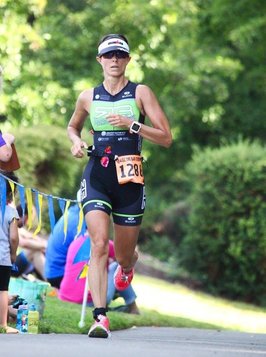 There isn’t a simple one answer to this question. My reason for starting triathlon was for one reason and has since transformed into many different reasons over the past decade. So here’s my 10 year journey in triathlon: I was chatting (more like lamenting) with a friend at the Y after a workout about how my husband wants to buy a boat and I don’t want him to because that would mean I would have to go on the boat and get in the water and that terrified me! Now I have not always been terrified of open bodies of water. I spent my first eight years of life living between Southern California and Hawaii and most days were at the beach or for me in the water. At that age it wasn’t about laying on the beach working on my tan, it was about staying in the water until you were forced to come out because it was getting dark, time to go home or occasionally to grab some food. After moving from California to Pennsylvania and no longer having the option to go to the beach, my family joined the Y with an indoor pool and I wanted to join the swim team (because it guaranteed that I would be in the water a lot) which launched my competitive swim journey. I loved swimming! In the winter I was on swim team at the Y and stayed in the pool playing til they kicked me out. In summer I went to the local pool as soon as it opened for swim lessons. Even if I wasn’t in swim lessons, I was there and the instructors would let me join the classes then it was off to swim team. When that ended I stayed all day swimming with my friends and siblings. Every. Single. Day! I couldn’t get enough! Fast forward to age 19 when I was dating my now husband and we were having a beach day in Oceanside, California. I was boogey boarding by myself having a blast when I started having trouble getting back to shore because the waves were so high, powerful, wiping me out and pulling me out to sea. The rip current was so strong and the waves crashing against me so fierce that I was pummeled repeatedly and pushed to the ocean floor where I couldn’t distinguish which way was up to get air because I was so disoriented. This happened dozens of times. I was exhausted! I remember looking to shore for help and seeing my boyfriend and a family friend standing at the water’s edge watching me. They couldn’t see that I was crying, panicking, out of breath, scared out of my mind that I was going to drown. Then I thought to myself, I’m a strong swimmer, I should be able to get through this. Wrong! I didn’t know at the time how to swim when there’s a rip current. Next thing I know I see a lifeguard coming to my rescue. He gets me to shore, hands me off to my family then runs back in the ocean to help other victims of the rip current. Sadly, someone died on that beach that day as a result of the rip current and it was then I realized the power of water. It didn’t matter how strong a swimmer I was. I felt powerless and a fear took occupancy in me that crippled me into my late thirties. That’s when a friend suggested I train for a triathlon because it would make me start swimming again and force me to be in open water and maybe help with the fear that gripped me. You see, from that horrific beach day at age 19, I wouldn’t get in water over waist deep and I would only get in if I was able to see the bottom clearly. I was petrified. I longed to be able to get over this fear and enjoy lakes and oceans like I did when I was a kid. Fear had crippled me and it was time to get rid of it.  I started training for my first triathlon - Danskin. I joined the swim club at the Puyallup Y and was back to swimming in the pool. My first open water experience was in American Lake and it was terrifying. Thankfully, I was with a swim coach and about a dozen other triathlon newbies. It was a 93 degree day and the lake was crowded with boats enjoying the heat and the water but making the lake feel like a washing machine which brought flashbacks to that beach day. I thought I was going to have a panic attack but listened to the coach and her tips on how to relax and breathe when swimming in open water. And, I really wanted to be done with this fear, AND I had a fast approaching race with a 1/2 mile swim. Some how I made it through and thought to myself, maybe I can do this. Open water swims are not easy for me, still, 10 years and dozens of triathlons later, but I’m doing it. I still have a moment every swim and race that I have to collect myself and tell fear to beat it, you’re not in control! And, yes, my husband got the boat and I get in the water. I’m still not 100% comfortable with open water but it gets easier every year. Two years ago I made myself jump off the boat and do a swim workout by myself!!! I was scared, didn’t want to do it but got through the 1/2 mile swim and was very proud. It was a huge accomplishment for me. The fear of being in the water by myself is still strong but I work on it every year and will destroy myself to keep up with everyone just so I don’t have to be alone in the lake. As I said in the beginning of this article, why I tri has transformed into different things over the years. It’s now not so much about eliminating the open water fear but rather a form of therapy for me. During some very dark times over the past seven years dealing with my daughter’s struggles with addiction and mental illness, in/out of treatment centers all over the country, triathlon has been my therapy, my release, my distraction from reality. Long runs and rides are a great time to cry and get everything out that you’ve kept inside! I refer to training as my “prozac”. Training made me get out of bed when I didn’t want to because my baby girl was living on the streets, addicted to heroin, and I was consumed with wondering if she was dead or alive. How can I focus on training??? I pushed myself through training which gave me the physical and mental strength to tackle the difficult things with my daughter and life in general. I’m grateful I had triathlon to turn to and not something destructive. There have been many reasons over the years why I tri. It feeds my Type A personality (there are others just like me out there - Yay!), it keeps me strong and healthy, it’s a mental release, it’s challenging, it’s taught me that I’m an overcomer and can do hard things! But these days it’s about having fun with the incredible people I’ve met through the sport, especially with Raise the Bar. This team is so encouraging, inspiring, supportive and fun! That’s what keeps me triing! (new word?) |
Raise the BarRace reports, upcoming events, news, and more, from RTB. Archives
September 2023
|
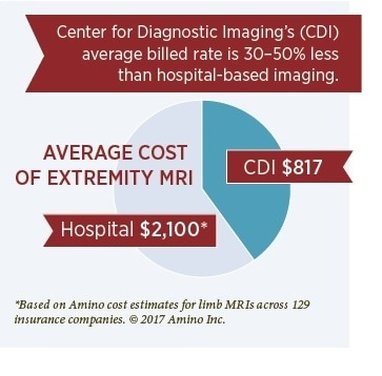

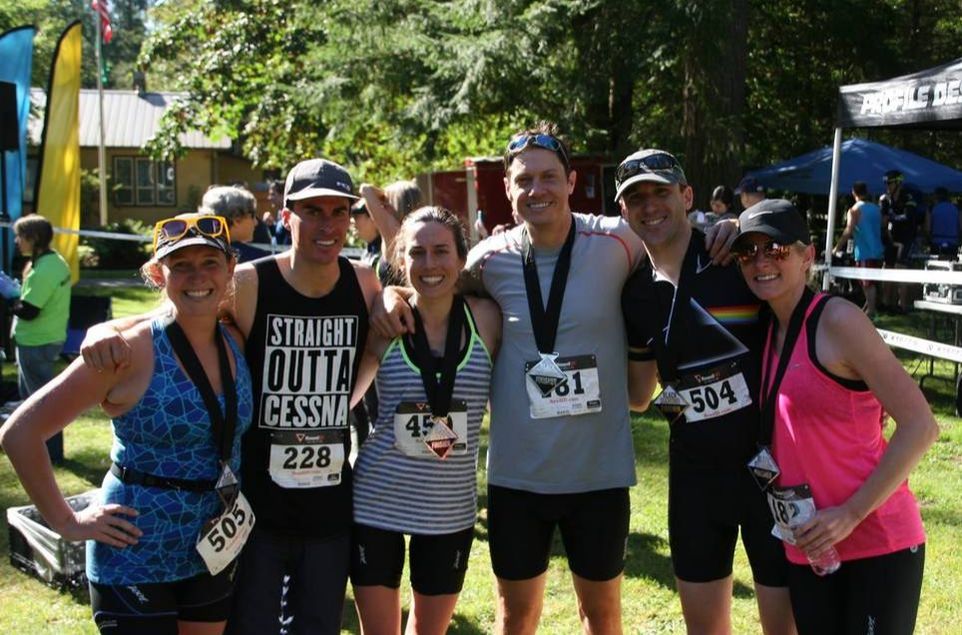

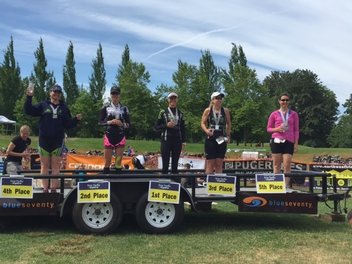
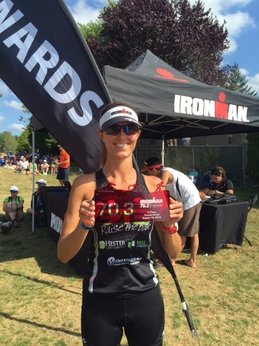
 RSS Feed
RSS Feed
